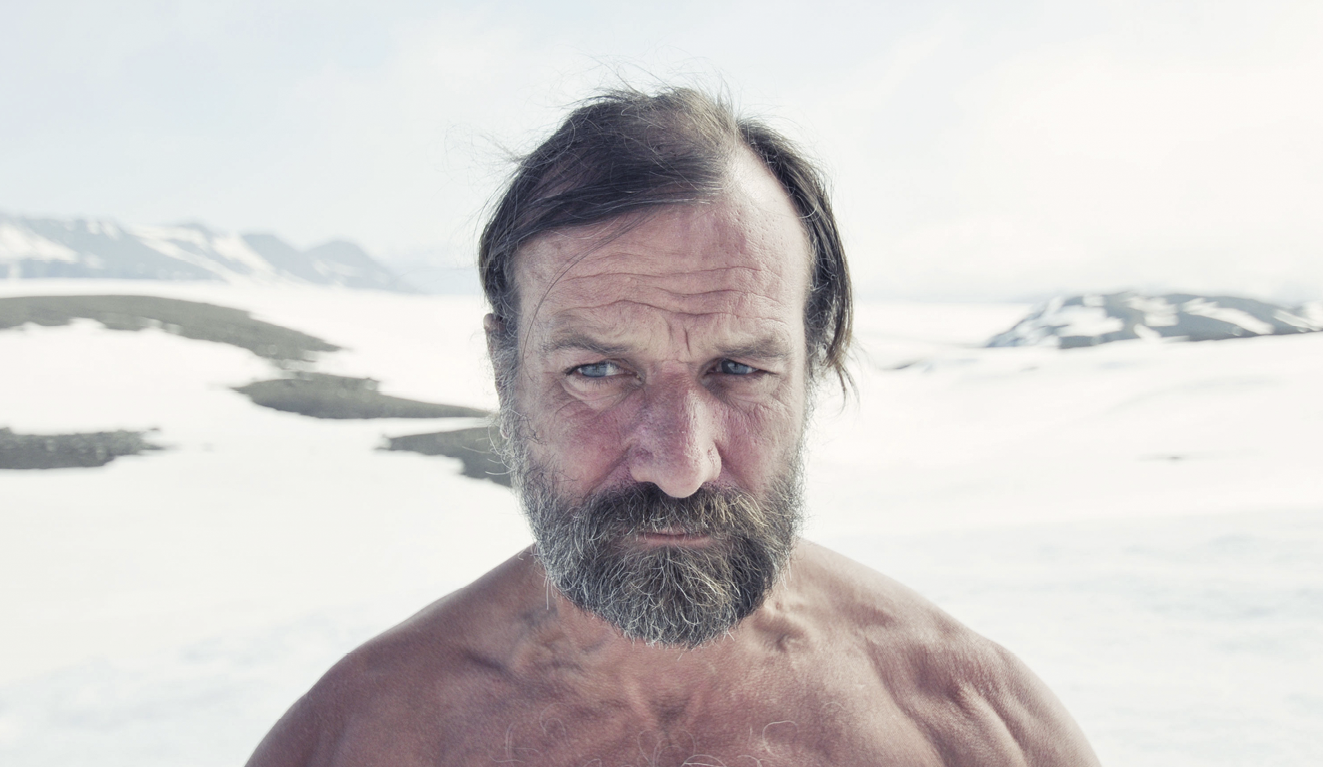Mom drags son’s dead body out of pool after he became 11th person to die trying out the ‘Wim Hof..

In a tragic incident that has once again drawn attention to the dangers of the Wim Hof Method, a mother was forced to drag her son’s lifeless body from a pool after he became the 11th person to die while attempting the controversial breathing and cold exposure technique.
The incident occurred at a private residence in the suburban outskirts of Chicago, where 24-year-old Jeremy Walker had been practicing the Wim Hof Method under the guidance of an instructor. Authorities responded to a 911 call from Walker’s mother, who arrived at the scene to find her son unconscious in the pool, after what appeared to be an extreme cold exposure session gone terribly wrong.
**What is the Wim Hof Method?**
The Wim Hof Method, created by Dutch extreme athlete Wim Hof, also known as the “Iceman,” involves a combination of breathing exercises, meditation, and cold exposure (including ice baths or cold showers). It is promoted as a way to boost the immune system, increase energy levels, and enhance mental clarity. The method has gained significant attention in recent years, attracting both advocates and critics.
Proponents claim that regular practice can improve cardiovascular health, increase physical endurance, and even help alleviate symptoms of anxiety and depression. However, experts warn that, like any extreme practice, it carries inherent risks, particularly if done improperly or in unsafe conditions.
**Details of the Incident**
Walker, a fitness enthusiast who had been practicing the Wim Hof Method for several months, reportedly followed a structured cold exposure routine during the session. Witnesses stated that he had spent several minutes submerged in a pool of ice-cold water before transitioning to the breathing exercises. What transpired after that remains unclear, but it appears that Walker may have experienced a dangerous loss of consciousness, possibly due to a combination of hyperventilation and extreme cold exposure.
His mother, who had been monitoring the session from the sidelines, found her son floating face-up in the pool. In an attempt to save him, she jumped in and pulled his body to the edge, but it was too late. Emergency responders arrived on the scene shortly after the call was made, but Walker was declared dead upon arrival at the hospital.
**The 11th Fatality**
Walker’s death marks the 11th confirmed fatality linked to the Wim Hof Method since it gained popularity in the early 2000s. While the method has a significant following, its safety has been questioned by medical professionals. A number of fatalities have been reported in relation to the technique, with several occurring during the practice of the cold exposure or breathing exercises. The dangers of hyperventilation, as well as the potential for drowning in ice-cold water, are particularly concerning.
The first documented death occurred in 2014, when a man reportedly lost consciousness while performing the breathing exercises and subsequently drowned in a lake. Similar tragedies have followed, with the most recent fatalities prompting calls for increased regulation and safety precautions surrounding the practice.
**Safety Concerns and Public Response**
The recent tragedy has sparked widespread debate over the safety of the Wim Hof Method. Critics argue that the lack of proper supervision and the extreme nature of the practices could lead to serious health complications, especially when practiced by individuals without sufficient training or experience.
In response to the incident, Wim Hof’s team has expressed their condolences and reiterated the importance of practicing the method safely, under the guidance of certified instructors. “While the Wim Hof Method can offer powerful benefits, it is essential to follow safety guidelines and listen to your body,” Hof’s team stated in a public release. “We always advise individuals to start slowly and ensure they are practicing in a controlled and safe environment.”
Nevertheless, the continuing deaths have led some health professionals to call for increased regulation of such practices, especially when performed in unsupervised settings. As the controversy continues to unfold, this tragedy serves as a stark reminder of the potential dangers of extreme wellness practices.
